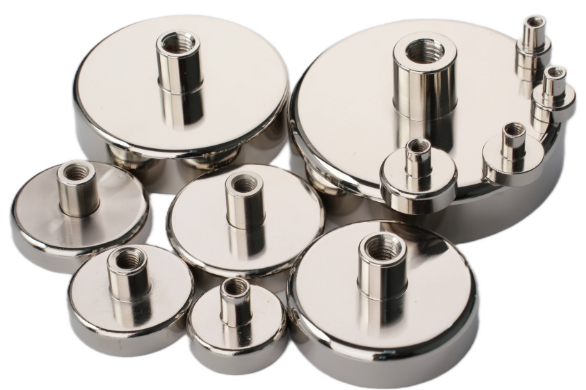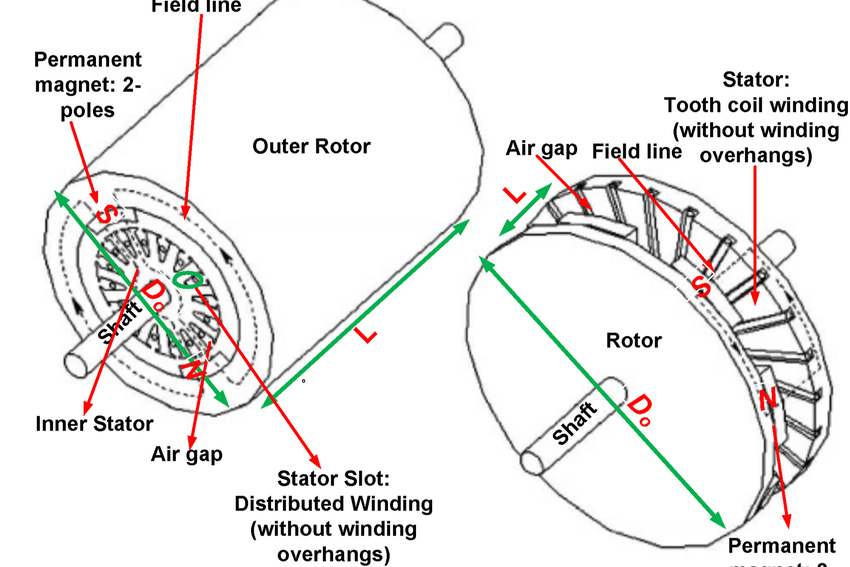Resting Concerns About Wasted Energy
Recently, opponents of wind farm developments, as in those hanging tightly on to the notion of oil is all, have suggested that an increase in wind farm footprints could actually damage the environment by causing dirty air. The phrase is commonly used by sailors to describe the drop in air movement caused by another boats sails catching the breeze. However, this situation is different from wind farms, as sails rely on capturing air movement to create energy, rather than rely on the passage of it through blades, like wind farm turbines.
Too Many Wind Farms?
A footprint large enough to affect wind movement and currents has yet to be designed, as it would take an exponential field compared to even the largest wind farms now in existence to create enough blockages to develop a dirty air condition. Unlike sailboats, blades of wind turbines rely on thicker air at lower speeds to power the turbines rather than capture it, which causes wind to dissipate. Current technology simply does not require the massive footprints required to reach such a state.
What the Future Might Hold
The same doomsday prophets suggest that wind farms are inefficient in their current capacity, and that perhaps they should be elevated into the jet stream in order to capture the stronger gusts in the atmosphere. There are two problems with this, perhaps more, as the resources required elevating farming stations above the clouds is counterproductive to any energy captured there in the first place. Secondly, air at higher altitudes is thinner, meaning there are fewer molecules within the gusts, and it is actually the bouncing of air molecules off the blades that makes them spin. With a reduction of molecules, it doesn't matter if the wind is moving faster- in a best case scenario, the result would be the same. This brings the issues back to the transportation of energy and maintenance of the units. The end result of the debate is simple, even to the untrained eye. Current wind farm capacity is not having an adverse effect on wind patterns in low atmospheric conditions, and the current technology is more than sufficient to justify expanding the existing programs.















